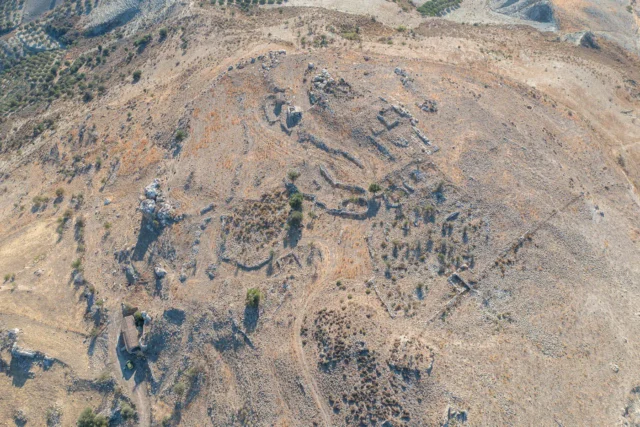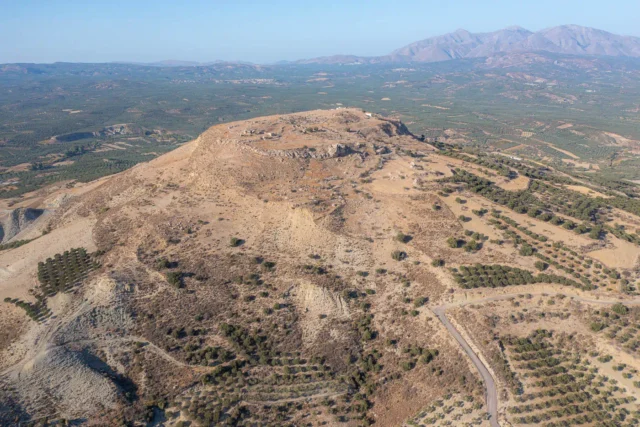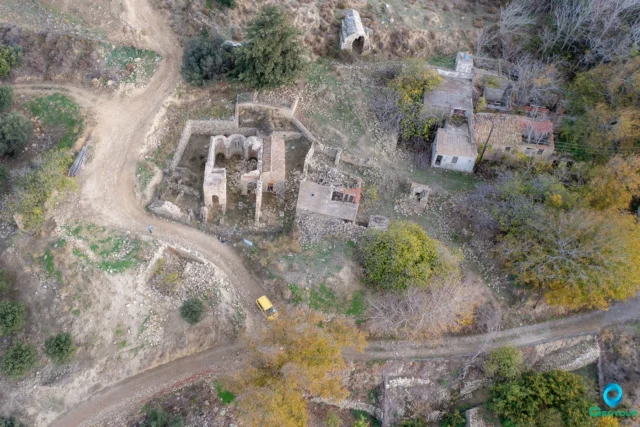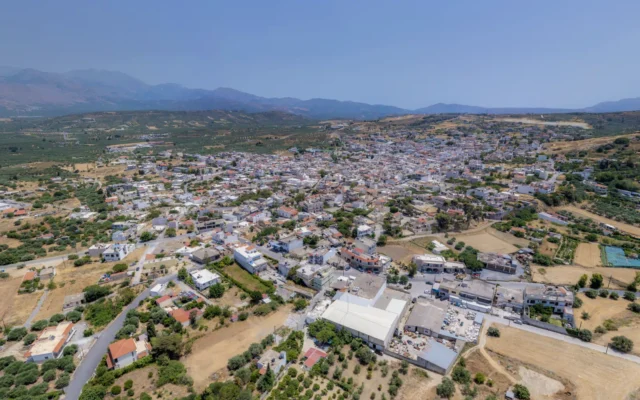Garipa is a village and seat of the namesake community in the Municipality of Minoa Pediada in the Heraklion Regional Unit of Crete, Greece. It is part of the former province of Monofatsi.
Etymology and History
The name Garipa is probably due to the surname of the first settler. A similar surname exists to this day. There are other settlements with the same name in other prefectures of Crete. However, the origin of the name is not certain, despite the fact that the name Garipu is attested in documents from 1368.
In the past, where Garipa is located, there were two settlements, Ano and Kato Garipa (recorded in the masculine gender – Garipas – in an Egyptian census). The now-vanished village of Katsikali also belonged to its area. Katsikali is mentioned in a census in 1577 and in the following centuries, until 1940. In 1583, Garipa is mentioned with the name Garippa with 106 inhabitants (Kastrof. K96). In the 1583 census, Drapeti is also mentioned as Drapetti (Kastrofylakas, K96). Earlier, Drapeti is mentioned in a document of 1271 and Garipa in a document of 1394. Drapeti belonged to the Community of Kalyvia until 1940. During the Ottoman rule, the village had an exclusively Muslim population. The current inhabitants of the village are descended from Lasithi and Asia Minor.
It is speculated that the toponym of the settlement is andronymic and may be due to its first settler, but this is not confirmed. Its foundation is also tentatively linked to the installation of Nikephoros Fokas’ troops at this location in the mid-10th century during the reconquest of Crete by the Byzantines. However, the earliest reference to the village dates back a few centuries later, to the Venetian era, and is found in a document with the name Garipa in the Ducal Archive of Chandakas. Later written testimonies, from the Ottoman era, inform us that Muslims lived in the settlement along with the local population from the beginning of this period.
The Village Today
The large settlement of Garipa, with 350 inhabitants in 2011, is located near the historical fortress of Belvedere and is about 45 km from the city of Heraklion. Its economy, particularly flourishing today, is mainly based on olive growing and secondarily on the production of vegetables and other agricultural and livestock products.
Taking a short tour of Garipa today, you will see beautiful little houses with their flower-filled courtyards, among which a few old, ruined, stone-built houses, remnants of traditional Cretan architecture, are still preserved. In the village square, there are small, picturesque cafes where you can sit and accompany your raki with delicious snacks.
Culture and Traditions
The central Orthodox church is that of Agia Aikaterini. There is also a Free Evangelical Church in the village.
Family and Social Life
The football team of Garipa was founded in 1979 and competes in the A’ category of the Heraklion Football Clubs Association (E.P.S.H). Medical care in the two villages is served by the regional medical office, which is based in Garipa. There is also a primary school.
Settlement: Key Points
- Historical References: Documents from 1368, 1577, 1583, 1940.
- Location: 44.7 km from Heraklion, near the Belvedere fortress.
- Historical Significance: Possibly linked to the Byzantine reconquest of Crete in the 10th century.
- Population Data:
Year (Garipa and Katsikali) |
Population |
Christians |
Muslims |
|---|---|---|---|
1900 |
52 |
23 |
29 |
Year |
Population |
|---|---|
1583 |
106 |
2011 |
350 |
2021 |
249 |
- Current Status: A thriving village with an economy based on olive growing and agriculture.
References
Access
Garipa is 8.2 kilometers away from the Arkalochori and 7.8 kilometers away from Tefeli

























There are no comments yet.